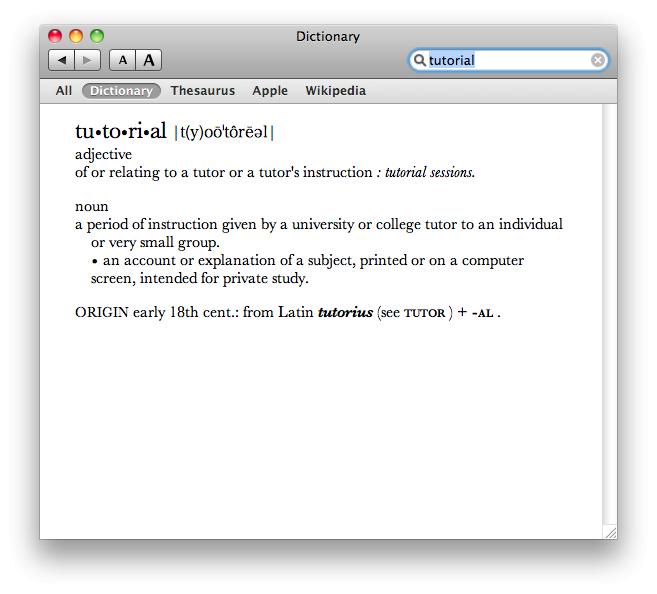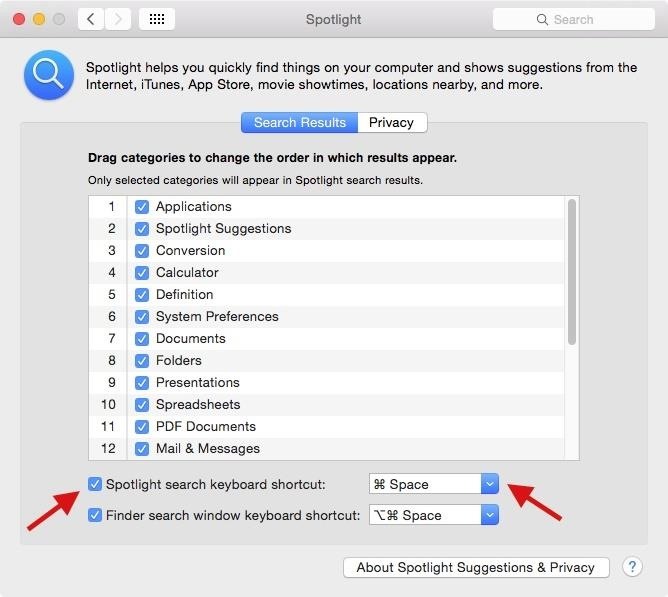
You could put a space before and/or after "carrot" in cell A1 to avoid counting words such as "carrotstick" but if "carrot" is the first and/or last word of the string, it will not get counted because that space will not be there in the string. The result is the number of times "carrot" appears in that particular string.

The formula works by removing all instances of the word "carrot" from the string then subtracting the length of the new string from the length of the original and dividing that by the length of the word "carrot". Somewhere else have a cell that sums the cells in Table 2. Table 2 cell A1 = carrot (the word you are looking for) Table 2 cell B2=(LEN(UPPER(Table 1 :: B2))-LEN(SUBSTITUTE(UPPER(Table 1 :: B2),UPPER($A$1),"")))/LEN($A$1)Ĭopy or fill that formula to the rest of the cells. It assumes your "matrix" top left corner is cell B2 of Table 1. In other words, "carrotstick" is also included in the count. The formula below will count how many times the letters "carrot" appear in that exact order in a cell. Each of these cells will count how many times "carrot" appears in the corresponding cell of the "matrix". Menu icon A vertical stack of three evenly spaced horizontal lines.
#SEAARCH FOR A CERTAIN TEXT IN MAC PDF#
Each cell in this new table corresponds to a cell in your "matrix". To search a PDF on your Mac for a specific word or phrase, you can use the search function in the built-in Preview app. Set up an auxiliary (second) table that is the same size as your "matrix". Select the area you want to searchsay, the chat you were having with your manager or the General channel within a team. Use Ctrl+F ( cmd+F on macOS) to search messages within a particular chat or channel in Teams. الشرق الأوسط وشمال أفريقيا - اللغة العربيةI am assuming the word "carrot" can appear multiple times within the same cell so the COUNTIF function will not work for this case. Search your current location with Ctrl+F. Southeast Asia (Includes Indonesia, Malaysia, Philippines, Singapore, Thailand, and Vietnam) - English Selecting a region changes the language and/or content on. To learn more about Boolean queries, syntax, and other Boolean operators that you can use in your searches, refer to any standard text, website, or other resource with complete Boolean information. (The query processor performs an OR query on whale and ahab and then performs an AND query on those results with white.) For example, type white AND (whale OR ahab) to find all documents that contain either white and whale or white and ahab. Use parentheses to specify the order of evaluation of terms.

For example, type cat ^ dog to find all documents with occurrences of either cat or dog but not both cat and dog. Use to search for all instances that have either term but not both. Searches with OR and no other Boolean operators produce the same results as selecting the Any Of The Words option.

For example, type email OR e-mail to find all documents with occurrences of either spelling. Do one of the following: To find the first occurrence in the layout of the font selected in the list, click Find First. out where in your project a function is called, an anchor is linked to or a specific misspelling is located.

Select one or more font names in the Fonts In Document list. Find and replace text in the current file. Use to search for all instances of either term. To find and change specific text attributes, characters, or styles, use the Edit > Find/Change command instead. Or, type paris NOT kentucky to find all documents that contain the word paris but not the word kentucky. For example, type NOT kentucky to find all documents that don’t contain the word kentucky. Use before a search term to exclude any documents that contain that term. Searches with AND and no other Boolean operators produce the same results as selecting the All Of The Words option. For example, type paris AND france to identify documents that contain both paris and france. Use between two words to find documents that contain both terms, in any order. Commonly used Boolean operators include the following:


 0 kommentar(er)
0 kommentar(er)
